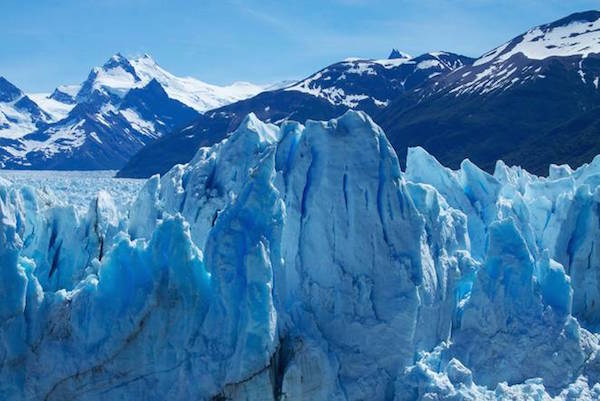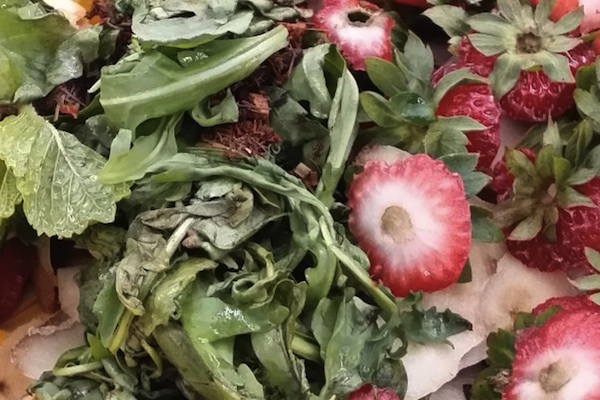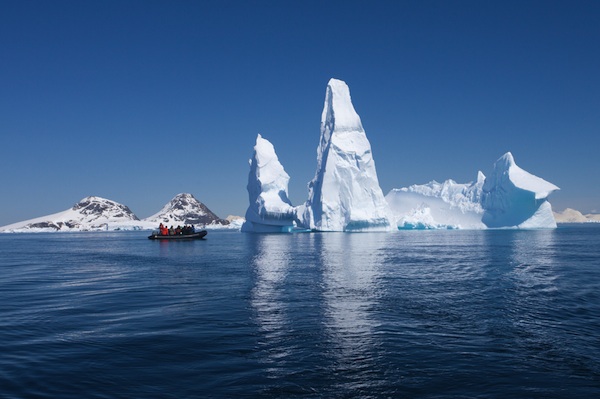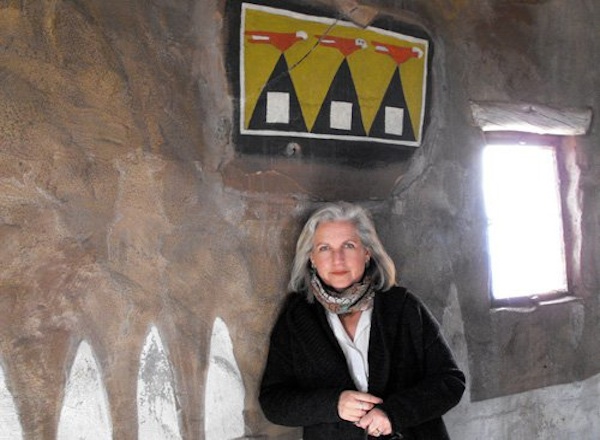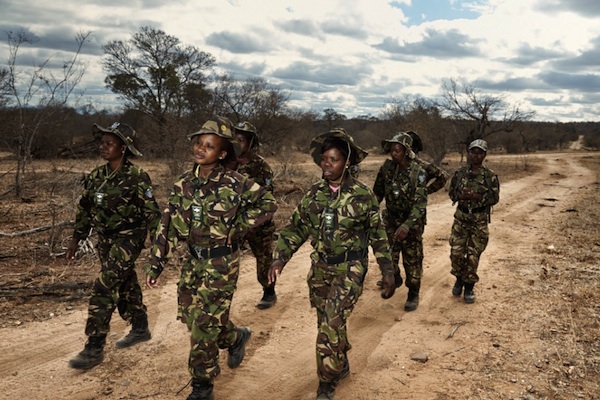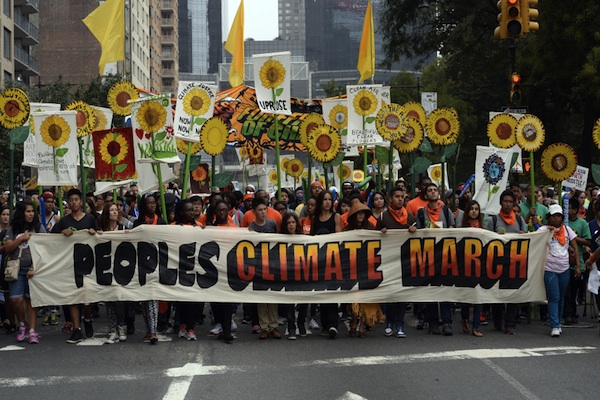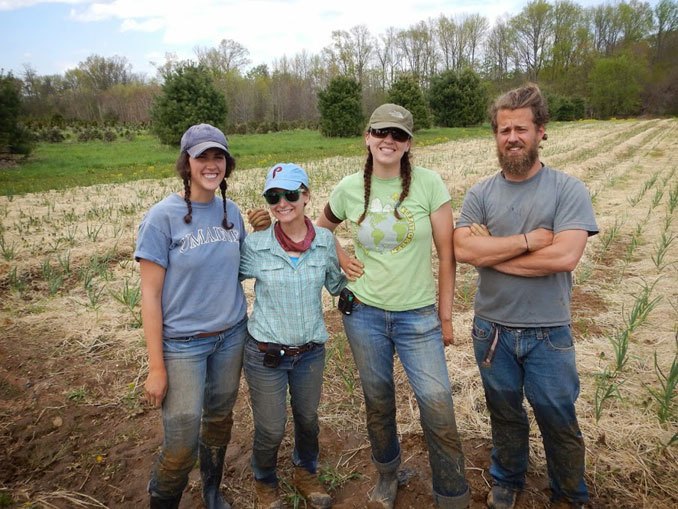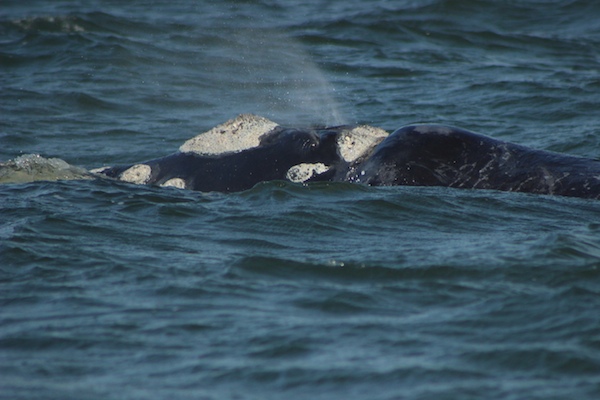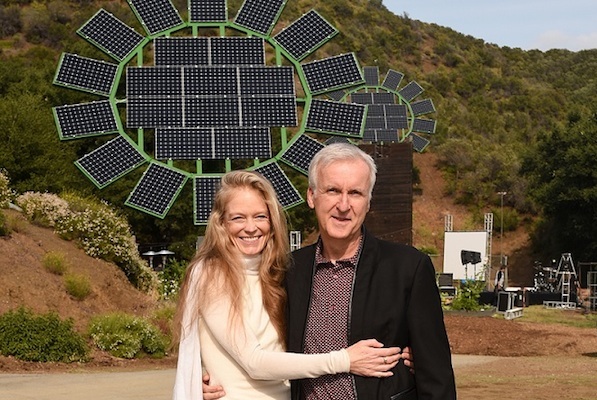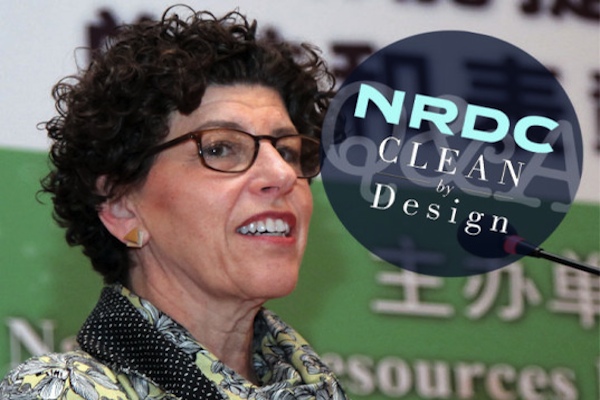Last year, Conservation International started a campaign called Nature Is Speaking, to give voice to our natural world. The video campaign uses a star-studded cast of award-winning actors, with Harrison Ford as the Ocean, Robert Redford as the Redwoods, Julia Roberts as Mother Nature, and Kevin Spacey as the Rainforest. These videos offer simple but powerful messages with one bottom line: nature doesn’t need people, but people need nature. The latest video in the series features Liam Neeson as the dramatic voice of ice, with a dire message about climate change and how melting ice is having devastating effects on humans. While melting ice contributes to sea level rise, frozen ice helps deflect sunlight. So, as ice disappears, the darker surface of the sea absorbs the sun’s energy, further warming the ocean, and creating a feedback loop. This isn’t Liam Neeson’s first time lending his voice to environmental causes. The actor was also a part of HBO’s Saving My Tomorrow, a documentary about kids working to help the environment. According to Conservation International, the film was intentionally released just a few weeks before the international climate change meeting in Paris, and the organization will be showing the films during the […]
Continue reading... →Compost can save the world! It sucks carbon dioxide out of the air and not only that, a half-inch layer of this black gold can still increase yields years after its application. I had been composting in our community bins for nearly 10 years but decided to start a rogue pile in my yard several months ago. I can’t grow much out there in the shade but food scraps will certainly rot. In fact, I can’t possibly prevent the natural process of rot. When I composted at my house years ago, like many people, I believed I needed to buy a special bin. For my new compost pile, I wanted to create a simple, inexpensive system. I could have made a cylindrical bin out of chicken wire or built an upcycled bin from wooden pallets (both great options). But instead I bought nothing. I built nothing. I took what I had collected in the kitchen and threw it on the ground. I throw everything on my pile: Fruit peels, scraps and all pits. Even avocado pits break down quickly! Vegetable peels and scraps. I make vegetable broth out of most little bits of vegetables, after which they go on the pile. Corn cobs. I couldn’t […]
Continue reading... →In an awesome display of women power, 78 female scientists are heading off on a 20-day voyage to Antarctica in order to observe and discuss the impacts of a warming world. The voyage is part of the Homeward Bound outreach initiative, which will take place over 10 years in order to build a team of 1000 women in science. Their collaboration will enable for increased leadership, strategizing and group action when it comes creating a better future for the planet. The voyage, setting off in December 2016, will have a crew that will include globally recognised women of influence including Dr Jane Goodall, renowned primatologist and environmental activist. The project is the brainchild of Australian leadership expert Fabian Dattner and marine ecologist of the Australian Antarctic Division Dr. Jess Melbourne-Thomas. Their dream of uniting powerful women in science and engineering was inspired by the ability of women to have huge influence within their communities. A key focus will be the absence of women’s voices in science and government, especially when it comes to climate change. There is also a visible absence of women in key decision-making roles around the world, which is posing a challenge to gender equality and collaborative […]
Continue reading... →The author and activist talks with YES! about millennials, climate change, and how she can’t imagine being alive at “a more thrilling, challenging time.” Terry Tempest Williams lives with her husband in Utah, but I met her in Vermont, near Dartmouth College, where she teaches part of each year. The lush foliage of a damp New England spring is nothing like the desert terrain she grew up with, she told me when we sat down together during my brief visit last May. She relishes the many species of trees, birds, and plants, but sometimes all the green makes her feel closed in, and she yearns for the dry, open country of home. It’s her deep connection to place and to wilderness that Williams is known for. Her books celebrate the prairie dog, migratory birds, and the natural history of the Utah desert. But she also writes about her Mormon faith, about the cancer that took the lives of her mother, brother, grandmother, and other members of her extended family—and about her belief that above-ground nuclear testing is to blame. Williams’ writing is enriched by a practice she mentioned several times in our conversation: “ground truthing.” She doesn’t settle for secondhand […]
Continue reading... →Since it was first created in 2013, South Africa’s Black Mambas Anti-Poaching Unit has arrested six poachers, shut down five poacher camps, and reduced snaring (the practice of baiting and trapping animals) by 76% in the Balule Private Game Reserve. It will come as little surprise, therefore, that the 26-member ranger unit, comprised mainly of women, has been honored by the United Nations Environmental Program (UNEP) with its highest environmental prize — the Champions of the Earth Award.
Continue reading... →Farming has been a backbone of American economy for much of this country’s history. But the duty of feeding the nation is changing, and farming practices are changing along with it.
Continue reading... →The great whales are indicators species that have a lot to say about marine and coastal biodiversity, according to Lisa Bassett, author and professor at the University of Oregon School of Communication and Journalism. Today, seven out of 13 species of great whales are listed as endangered or vulnerable because of commercial whaling (despite an international moratorium); ship strikes; oil and gas exploration; military sonar vessels; pollution; disease, and climate change,” Bassett reminds us. As a professor of journalism, Bassett knew that by documenting an environmental problem, you can become part of the solution. This was the concept behind a four-week study abroad program offered by the University of Oregon (OU), entitled Nature & Culture: Multimedia Storytelling in Uruguay. This astonishing and exciting program focuses on the environment, traditional cultures, sustainability and conservation. The flagship program occurred in 2013, when Bassett led a group of UO students to Uruguay to create a multimedia project entitled The Route of the Whale. The project explored the route from its beginning in the hillside town of Piriapolis to the Brazilian border at Chuy. The students investigated environmental issues and solutions to those issues, in marine biology, conservation and sustainability. They did their work both in the classroom and in […]
Continue reading... →Director James Cameron has designed Solar Sun Flowers as a gift to his wife, which have been installed on campus at her MUSE School in California. Cameron had five flowers installed on the 22-acre Malibu Canyon campus and they generate roughly 300 kilowatt hours per day. The flowers are expected to offset the non-profit school’s power usage between 75-90%. Amazing! The patent-pending design will soon be an available, free and open-source, to encourage wider use of solar power. Now that’s what we call charitable!
Continue reading... →Ecouterre interviews Linda Greer, Director of the Natural Resources Defense Council Linda Greer ranks among the fashion industry’s leading “toxic avengers.” As director of the Natural Resources Defense Council’s five-year-old “Clean by Design” initiative, Greer is on the front line of a sector burdened by high energy and water use and endemic, often catastrophic, pollution. Her Sisyphean task? To leverage the purchasing power of multinational brands and retailers to chip away at the environmental impacts of their manufacturing abroad, beginning with the biggest offender: China. As NRDC prepares to, in its own words, “aggressively expand” the program’s reach, Ecouterre caught up with Greer to learn about her “win-win” strategy, what the early days of Clean by Design were like, and how we can differentiate the “true-gooders” from the “green-washers” in a post–corporate-social-responsibility world. E: How did Clean by Design get its start? LG: In 2008, the president of NRDC asked me to develop a project that would help to reduce the heavy industrial air and water pollution in China and serve as a model the country could use to accelerate its efforts. To do so, I first selected an industry with a heavy environmental footprint. Textiles distinguished itself as one […]
Continue reading... →